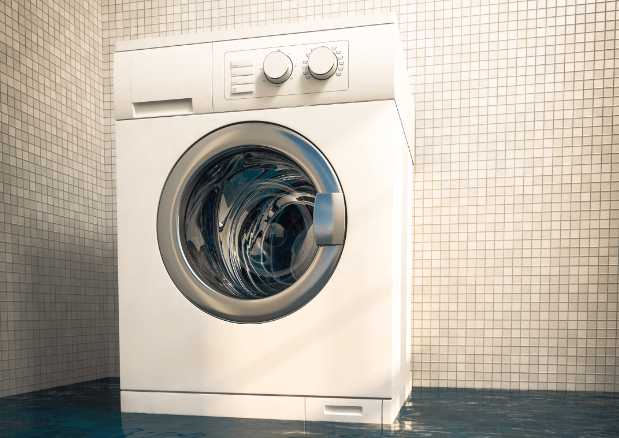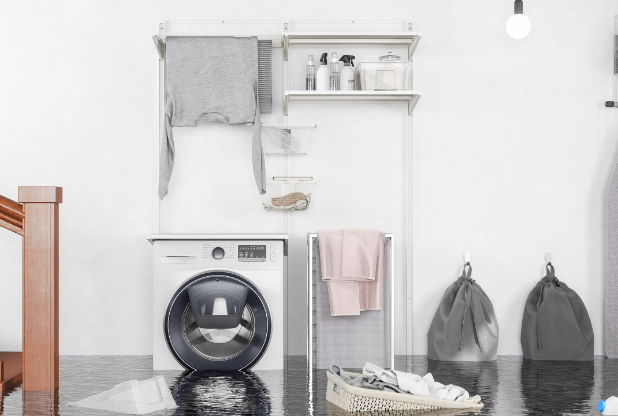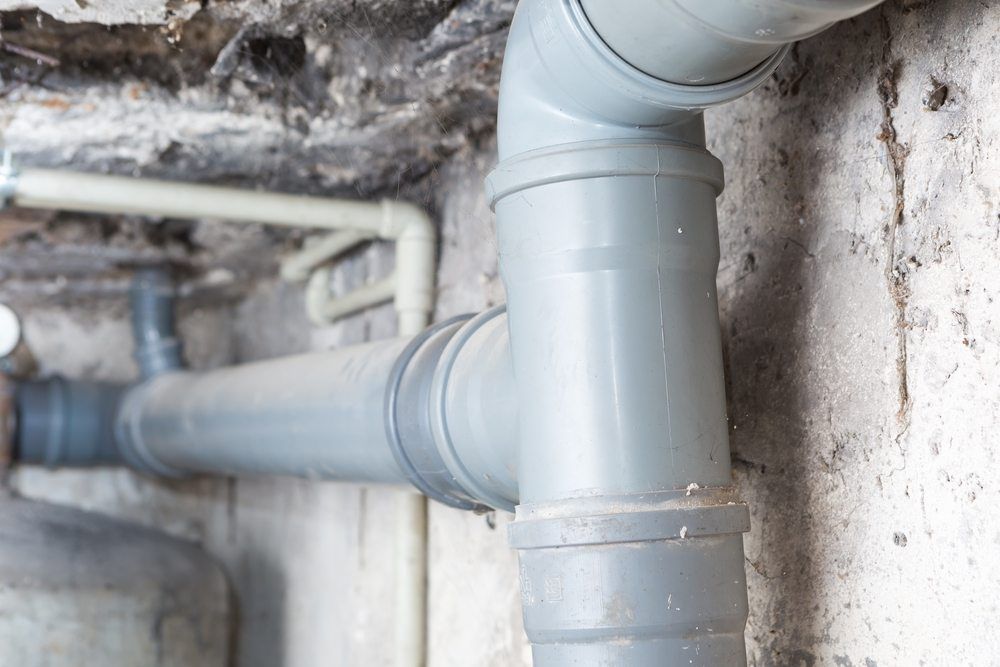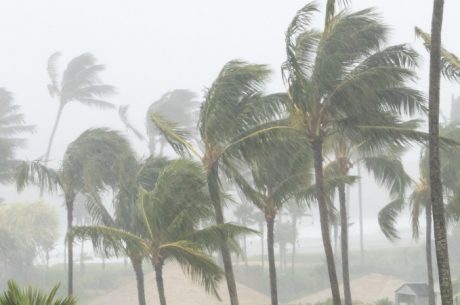Water damage is a homeowner’s worst nightmare, often resulting in expensive repairs and potential health hazards. Understanding how to handle water damage, especially in high-risk areas of your home, can save you time, money, and stress.
In this article, we will guide you through the steps of managing water damage, from prevention to restoration, ensuring your home stays safe and dry.
Understanding High-Risk Areas
High-risk areas in your home are places where water intrusion is most likely to occur. These include basements, bathrooms, kitchens, roofs, and areas around windows and doors. Identifying these zones and understanding why they are prone to water damage is the first step in prevention.
Basements
Basements are particularly vulnerable because of their below-ground location. Water can seep through the foundation or enter during heavy rains. Sump pumps and proper drainage systems can help mitigate this risk.
Bathrooms and Kitchens
These areas have multiple water sources, including sinks, toilets, showers, and dishwashers. Regular maintenance and inspections can prevent leaks and water damage.
Roofs and Ceilings
A damaged or aging roof can allow water to penetrate your home’s interior. Regular roof inspections and timely repairs are crucial.
Windows and Doors
Improperly sealed windows and doors can let in water during storms. Ensuring proper sealing and weatherproofing can prevent this issue.
Prevention Tips for High-Risk Areas

Preventing water damage is far more cost-effective than dealing with its aftermath. Here are some key strategies for high-risk areas in your home.
Regular Inspections
Conduct regular inspections of high-risk areas. Look for signs of wear and tear, such as cracks, leaks, or discoloration. Addressing these issues promptly can prevent major problems.
Proper Drainage Systems
Make sure your home has an effective drainage system. Gutters, downspouts, and French drains can help direct water away from your home’s foundation.
Sealing and Weatherproofing
Seal and weatherproof windows, doors, and any other openings. Use caulk and weatherstripping to prevent water from entering during storms.
Install Sump Pumps
In areas prone to flooding, like basements, install a sump pump. This device can pump out accumulated water, preventing flooding and water damage.
Regular Maintenance
Maintain your plumbing system. Check for leaks, and repair or replace any damaged pipes or fixtures. Regular maintenance can prevent unexpected water damage.
Steps to Take When Water Damage Occurs

Despite your best efforts, water damage can still happen. Knowing what to do in the immediate aftermath can minimize damage and reduce restoration costs.
Safety First
Before addressing the water damage, ensure your safety. Turn off the electricity in the affected area to avoid electrical hazards. Wear protective gear, like gloves and boots, to avoid contact with contaminated water.
Stop the Water Source
Identify and stop the source of the water intrusion. This could be a broken pipe, a leaking roof, or an overflowing appliance. Shutting off the main water supply can help in emergencies.
Remove Standing Water
Use a wet/dry vacuum or mop to remove standing water. The quicker you remove the water, the less damage it will cause.
Dry the Area
Dry the affected area as quickly as possible. Use fans, dehumidifiers, and open windows to increase air circulation. This helps prevent mold growth, which can start within 24-48 hours.
Remove Damaged Materials
Remove and dispose of materials that cannot be dried or restored, such as carpet, drywall, and insulation. These materials can harbor mold and other contaminants.
When to Call a Water Damage Restoration Service

While minor water damage can be managed by homeowners, severe cases need professional intervention. Knowing when to call a water damage restoration service can make a significant difference in the outcome.
Extensive Water Damage
If the water damage is extensive, affecting multiple rooms or levels of your home, it’s best to call professionals. They have the equipment and expertise to handle large-scale water damage restoration.
Contaminated Water
If the water is contaminated, such as from a sewage backup, professional help is essential. Contaminated water poses serious health risks, and proper cleanup requires specialized equipment and techniques.
Mold Growth
If you notice mold growth, it’s crucial to address it immediately. Mold can cause health problems and structural damage. A water damage restoration service can safely remove mold and prevent it from returning.
Structural Damage
If the water damage has compromised the structural integrity of your home, such as warping floors or sagging ceilings, professional intervention is necessary to ensure your home’s safety.
Creating a Water Damage Prevention Plan
A proactive approach is the best way to protect your home from water damage. Creating a comprehensive water damage prevention plan can help you stay prepared.
Regular Maintenance Schedule
Create a schedule for regular maintenance and inspections of high-risk areas. This includes checking the roof, plumbing, and drainage systems.
Emergency Contact List
Keep a list of emergency contacts, including a reliable water damage restoration service, plumber, and electrician. This ensures you can quickly address any issues that arise.
Install Water Detection Devices
Install water detection devices in high-risk areas. These devices alert you to the presence of water, allowing you to address the issue before it becomes a major problem.
Educate Family Members
Educate all family members on the steps to take in case of water damage. Ensure everyone knows how to turn off the main water supply and who to contact in an emergency.
Insurance Coverage
Review your homeowner’s insurance policy to ensure it covers water damage. Understanding your coverage can provide peace of mind and financial protection.
Conclusion
Water damage can be a daunting issue, but you can handle it effectively with the right knowledge and preparation. By understanding high-risk areas, implementing prevention strategies, and knowing when to call for professional help, you can protect your home from water damage.
Regular maintenance, prompt action in case of water intrusion, and a comprehensive prevention plan are your best defenses against water damage. Stay vigilant, stay prepared, and keep your home safe and dry.
For expert water mitigation and restoration services in Ormond Beach, contact PuroClean of Ormond Beach today.




 PuroClean of Ormond Beach
PuroClean of Ormond Beach